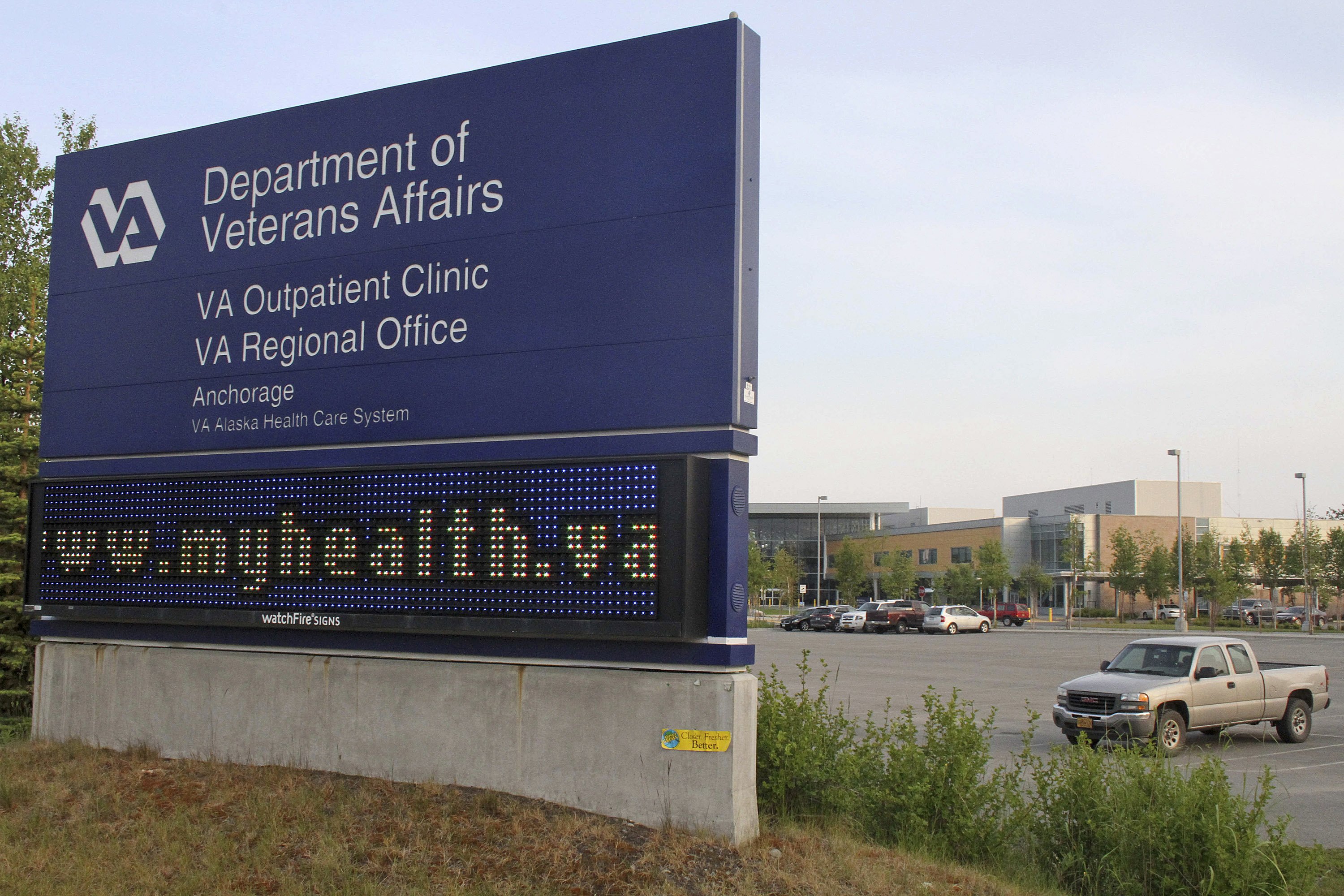Hubbard Radio Washington DC, LLC. All rights reserved. This website is not intended for users located within the European Economic Area.
On Air: Federal News Network
Trending:
EXCLUSIVE: IT budget guidance muddies OMB’s shared-service plans
Federal News Radio obtained copies of the IT budget passback guidance and a more specific draft shared-services strategy. Both documents show OMB has a detailed...
wfedstaff | June 4, 2015 3:02 pm
This story has been updated from its original version.
The Office of Management and Budget is requiring agencies to choose two commodity technology services and move them to shared-service providers by December 2012. While giving agencies a hard deadline, OMB is telling industry the shared-services strategy released last week still is in draft form and open for public comment.
OMB circulated to agencies — not publicly — a more detailed draft shared-services strategy in November outlining specific steps agencies and OMB will take over the next year.
The shared-services requirement was one of five IT policy areas OMB highlighted in the IT budget passback, obtained by Federal News Radio.
OMB also outlined a new performance-management line of business, requirements to calculate cloud computing and data-center consolidation savings and a continued investment in the current e-government, line of business, cybersecurity, Data.gov and several other initiatives.
And within the shared-services requirement, OMB seems to be saying one thing and preparing to do another.
In the passback document, OMB states, “Agencies should complete the transition of these two areas by December 31, 2012. By March 1, 2012, agencies should provide OMB with: (1) a summary description of the two commodity IT areas; (2) justification for their selection; and (3) a quantified accounting of expected costs savings.”
Federal Chief Information Officer Steven VanRoekel said last week during a conference call with reporters the shared-services strategy is in draft.
“The strategy that launches today will be open for public comment,” VanRoekel said Dec. 8. “We are really encouraging federal agencies, the private sector and others to give us feedback on this approach. Is this the right approach? What shared services should we target? We think the big opportunity is in the area of commodity IT email, procurement of technology and other things. We will move on from there.”
While VanRoekel said OMB wants feedback, the dates in the passback also align with the draft shared-services strategy, also obtained by Federal News Radio. The draft strategy states current shared services and line-of-business managers should develop metrics between January and March, agencies should begin migrations in May and several other date-specific deadlines.
OMB also is spearheading a shared-services working group with the General Services Administration, the Defense Department and NASA, sources said.
“There is an interpretation among some agencies that they only have to compete among government shared service centers and not with industry shared service centers,” said a former government official, who requested anonymity in order to speak freely about the sensitive documents. “If agencies are going to be in this business they have to be competitive with the private sector. So the big question is how do they gain more efficiencies, which leads to questions about capital improvements and working capital funds.”
Interim step to public sector SSPs?
Some in the federal community also asked whether the shared-services strategy and passback requirement is an end around to avoid competition with private sector. Congress has a moratorium on public-private competitions under OMB Circular A-76 thereby limiting the types of commodity IT services that could be sent to shared-services providers.
“While we do not comment on the deliberative budget process, I will comment on an inaccurate assertion your report makes about the broader use of shared services. It is inaccurate to suggest that the shared IT services strategy will limit industry opportunities to provide shared IT services to federal agencies,” said OMB spokeswoman Moira Mack. “To the contrary, by promoting vibrant competition through the use of federal strategic sourcing procurement vehicles that leverage the federal government’s buying power, agencies can utilize shared IT services from industry providers at competitive market prices and provide the best value for American taxpayers.”
In many cases, such as email, vendors already are providing the services. But other areas, such as human resources and acquisition, as detailed in the draft strategy, are done by federal employees.
One source said OMB could be taking an interim step to move the government toward public sector shared-services providers and then have them move to a private-sector provider later
“The move to a government shared-service provider will save money,” the source said. “The other question is how can the government maintain rules of the competition in contracting act with prohibition against A-76? OMB would have to consider moving to private sector SSPs because since many government SSPs are run by the private sector anyways, just cut out the middleman and agencies will save money just by doing that.”
After VanRoekel’s press conference Dec. 8, Mack said in an email the shared-services strategy provides a comprehensive approach for agencies to use in planning a shared approach to delivering commodity, support and mission IT service solutions.
“The Shared IT Services Strategy builds on existing collaborative programs including IT Lines of Business and E-Government Initiatives,” Mack said. “The strategy provides a new OMB-led governance process and ensures that agencies can contract for and consume key IT functions from experienced shared service providers through OMB-approved managing partners. This will result in lower overall IT operating costs for agencies and the federal government.”
When asked for comment on the IT passback guidance, Mack said in an email: “OMB declined to comment on speculation regarding the deliberative and pre-decisional budget process.”
Aggressive goals
Few would argue with the idea of moving to shared-services providers — even in such a short time frame.
“To move commodity IT services to a shared solution by the end of the calendar year is extremely aggressive,” said another former government official, who requested anonymity because the former official didn’t get permission to talk to the media. “The Bush administration spent on average six-to-12 months to stand up the steering committee and develop a governmentwide business case for a line of business. This language requires the transition of two IT functions to a shared service environment in 12 months. It’s doable, but aggressive, particularly given the lack of recent progress in clarifying what shared service strategy.”
One federal CIO said OMB will need to define what they mean by shared services.
“Some organizations view strategic sourcing as a shared service,” said the CIO, who requested anonymity because the information was sensitive. “There already are a lot of success stories, where what previously done through numerous and sometimes dozens of acquisition contracts across government are now consolidated to a few.”
But the CIO said the commodity IT services agencies are looking at now are not going to save a lot of money.
“Five years from now, if you assess what are the biggest wins, I think a whole portfolio of services that ultimately will emerge will be the most impactful ones but they will take some time to get going,” the CIO said.
Dave McClure, the associate administrator in GSA’s Office of Citizen Services and Innovative Technologies, said in an interview Dec. 2 before the passback and shared services strategy came out that this attempt for shared services is different than previous attempts.
He said the tough budget environment, the improved technology and the broader acceptance of shared services are among the reasons why this initiative is more likely to find success.
Under the Bush administration, OMB kicked off nine shared services and a host of other cross-agency initiatives. The administration gained traction in some, such as consolidating payroll processing providers from 26 to four, but less success with financial management, human resources, grants, budget execution and several others. The initiatives have been ongoing, but have received little if any real attention from the Obama administration over the last three years.
“In the past, it was an executive branch effort. I think the Hill is just as interested in trying to achieve some of these share in savings opportunities,” McClure said. “When we were doing shared services in early 2000s, technology wasn’t quite like it is today. Data sharing issues have been resolved through XML standards and now we have the opportunity to leverage common shared environments in ways that were not possible before.”
He added CIOs also want to get out of maintaining and operating commodity software and focus on mission areas.
Robert Shea, a former OMB official and now a principal with Grant Thornton, said the most important thing about shared services has to be that they are done in cooperation with agencies.
“That is a critical ingredient to success,” he said. “Just a couple of people can shut you down. OMB has got to make sure agencies understand the approach and that agency input is taken into consideration.”
The second former government official said OMB should consider pre-certifying federal and commercial shared-services providers to better oversee how agencies implement the initiative.
“Agencies who don’t want to do it will make claims that the SSPs are qualified,” the former official said. “If you run a certification process among agencies, similar to the due diligence process previously done for human resources and financial management, that question will be taken care of.”
New performance LOB
Along with the shared-services strategy, OMB also is kicking off a new Performance Management Line of Business.
The PM LOB builds on the request for information GSA issued for a performance management blanket purchase agreement earlier this summer.
OMB offered little details in the passback except how agencies will fund the initiative.
Shea said the PM LOB is a good idea as every agency needs performance management support.
“The big question is whether this is a way to get around congressional reductions to the E-Government Fund to support Performance.gov,” he said. “That is probably good idea to get Performance.gov out of the that funding stream.”
Congress wants to combine the E-Government Fund with the Federal Citizen Services Fund and reduce funding to $39 million. The Senate approved almost $8 million for the E-Government and $34.1 million for the citizen services fund. OMB had to delay some of the features of Performance.gov after cuts in 2011 to the E-Government Fund.
Shea said LOB needs to enhance how agencies measure performance management.
“I’m consistently frustrated at lack of common language around performance management,” he said. “Even though we’ve been under Government Performance and Results Act for about 10 or 15 years, the whole premise was we need to measure what outcomes we were achieving on behalf of the America people. Organizations are too quick to measure what they were doing and not what they are achieving. There is no common understanding or focus on outcomes or what an outcome is or who you need to talk to about strategic planning or what is the best way to validate or verify measures.”
RELATED STORIES:
Exclusive: OMB has on-year focus with IT budget guidance
GSA to set up two performance management BPAs
OMB, non-profits urge Senate to keep E-Gov whole
OMB finally launches Performance.gov portal
Copyright © 2024 Federal News Network. All rights reserved. This website is not intended for users located within the European Economic Area.
Jason Miller
Jason Miller is executive editor of Federal News Network and directs news coverage on the people, policy and programs of the federal government.
Follow @jmillerWFED





